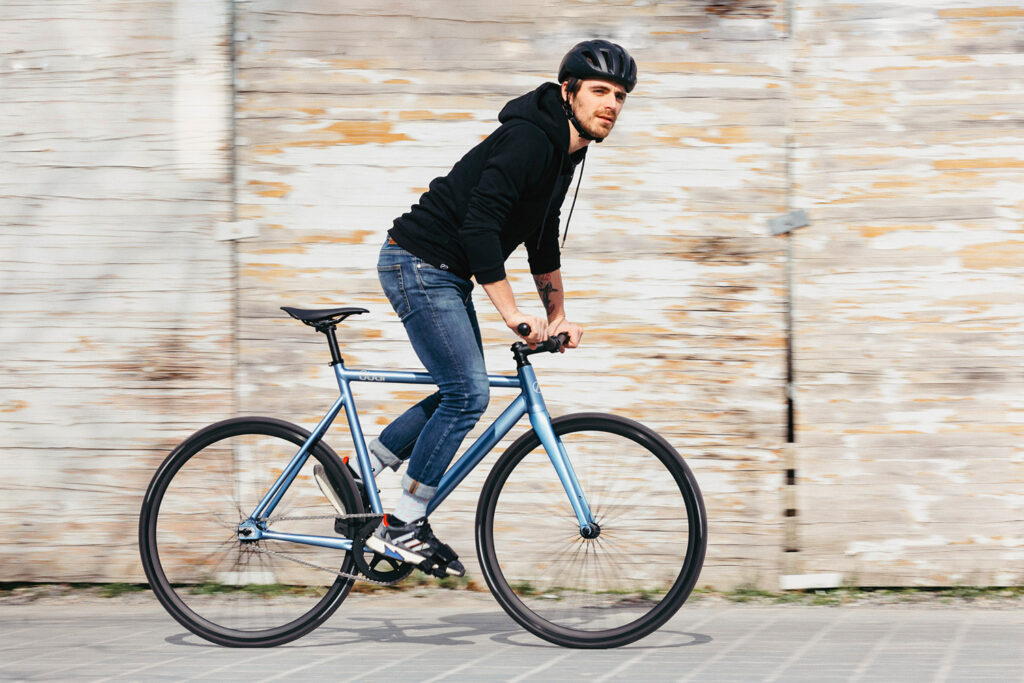Are you wondering how to ride a fixie bike? If the idea of cycling without gears, freewheel, or brakes intrigues you, get ready for a thrilling adventure in the world of fixie bicycles.
With a single-gear ratio and a fixed rear wheel, a fixie requires you to abandon coasting and gear changes, putting your legs in control of both speed and halting.
In this blog post, we’ll show you how to ride a fixed gear bike safely and confidently. We’ll cover the basics of how to start, stop, and turn on a fixie bicycle, as well as some tips and tricks to make your ride more enjoyable.
Contents
How to Ride a Fixie Bike for Beginners?
Here are some steps to help you ride a fixie bike safely and efficiently:
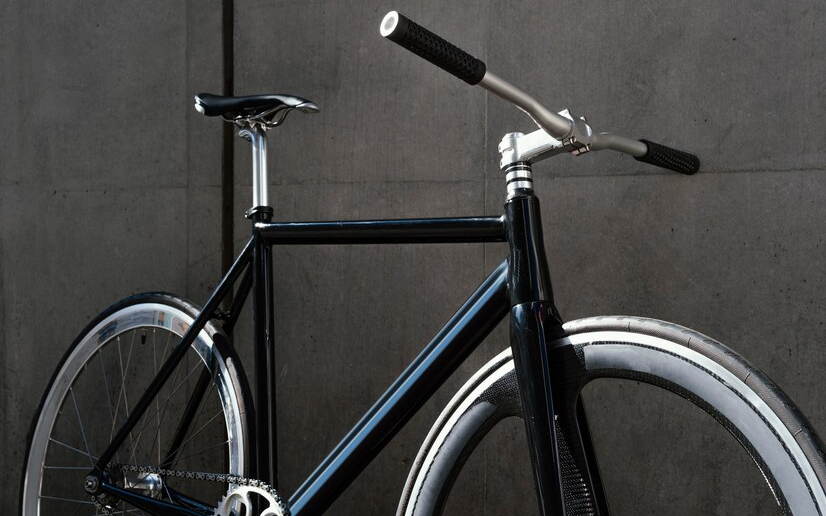
1. Position Pedals and Feet Before Starting
Before you get on the bicycle, make sure that the pedals are in a horizontal position, with one pedal slightly forward and the other slightly backward. This will allow you to have more leverage and balance when you start pedaling.
Place your dominant foot on the forward pedal, and your other foot on the ground. You can also use a curb or a wall to support yourself if needed.
2. Use Toe Clips, Straps, or Cleats to Secure Feet on Pedals
Since you cannot stop pedaling on a fixie bicycle, it is important to keep your feet attached to the pedals at all times. This will prevent your feet from slipping off and causing you to lose control or injure yourself.
Toe clips are metal or plastic cages that fit over the front of your shoes and attach to the pedals. Straps are fabric or leather bands that wrap around your shoes and the pedals.
Cleats are metal or plastic devices that clip into special pedals and lock your shoes in place. Choose the option that suits your preference and comfort level.
3. Push off, Pedal Smoothly, and Continuously
To start riding, push off with your non-dominant foot and transfer your weight to the forward pedal. As soon as you gain some momentum, lift your other foot and place it on the backward pedal.
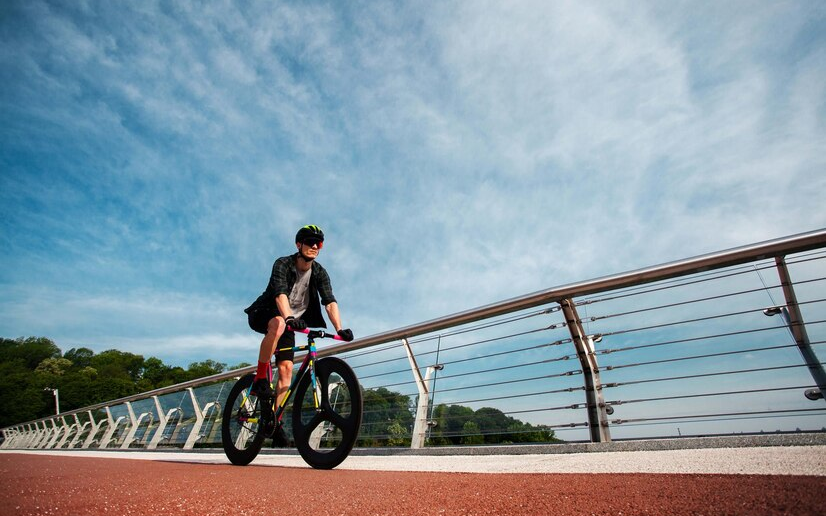
Keep pedaling in a smooth and consistent motion, without jerking or stopping. To speed up, pedal faster. To slow down, pedal slower or apply gentle pressure to the rear wheel with your legs.
4. Find Comfortable and Efficient Pedaling Cadence
Cadence is the rate at which you pedal, measured in revolutions per minute (RPM). A higher cadence means that you are pedaling faster but with less force. A lower cadence means that you are pedaling slower but with more force.
The optimal cadence for riding a fixie bicycle depends on your personal preference, fitness level, and terrain. Generally, a cadence of 60 to 90 RPM is recommended for most riders.
To find your ideal cadence, experiment with different speeds and gears, and pay attention to how your legs and lungs feel. You should aim for a cadence that allows you to ride comfortably and efficiently, without straining or exhausting yourself.
How to Stop on a Fixie Bike?
Here are some steps to help you stop on a fixie bicycle safely and efficiently.
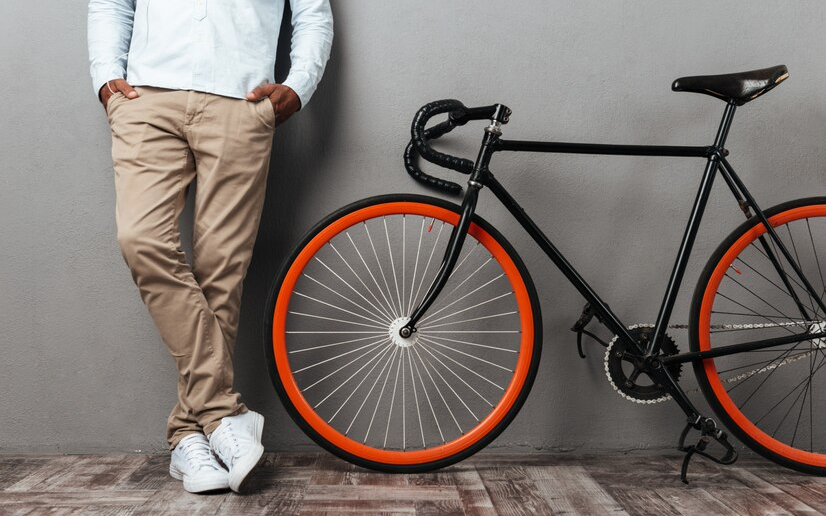
1. Use the Handbrake (if Available) to Slow Down and Stop Safely
Some fixie bikes have a handbrake on the front or rear wheel, which can be used to control the speed and stop the bicycle.
To use a handbrake, squeeze the lever gently and gradually, without locking the wheel or skidding. A handbrake can be useful for emergency stops, or when riding in traffic or downhill.
2. Use Legs to Resist Pedals, Apply Backward Pressure to Slow Down, and Stop
If your bicycle does not have a handbrake, or you prefer not to use one, you can use your legs to brake. To do this, you need to resist the forward motion of the pedals and apply backward pressure to them. This will create friction and slow down the bicycle.
To stop completely, you need to stop the pedals from moving, which can be done by locking your knees or lifting your rear wheel off the ground.
3. Do Advanced Stops
if you are confident and experienced. These are more advanced techniques that require skill and practice. They involve sliding, bouncing, or jumping the rear wheel of the bike to stop or reduce the speed.
Skidding is done by locking the rear wheel and sliding it sideways. Skipping is done by lifting the rear wheel slightly and letting it bounce on the ground. Hopping is done by jumping the whole bike off the ground.

These techniques can be fun and stylish, but also risky. They should only be attempted by experienced riders and with caution and care.
4. Anticipate Stops and Brake Gradually to Avoid Accidents
The best way to stop on a fixie bicycle is to plan and brake smoothly and progressively. This will help you avoid sudden stops, which can be dangerous and damage your bicycle. To anticipate stops, pay attention to your surroundings, such as traffic lights, signs, pedestrians, and other vehicles.
To brake gradually, start applying pressure to the pedals or the handbrake early and increase it as you approach the stop. This will give you more time and control to stop safely and comfortably.
How to Turn on a Fixie Bike?
Here are some steps to help you turn on a fixie bicycle safely and efficiently.
1. Use Body Weight and Balance to Lean into Turns
To turn on a fixie bicycle, you need to shift your body weight and balance in the direction you want to go. This will help you lean the bike and create a smooth and natural curve. To lean to the left, move your weight to the left and slightly forward.
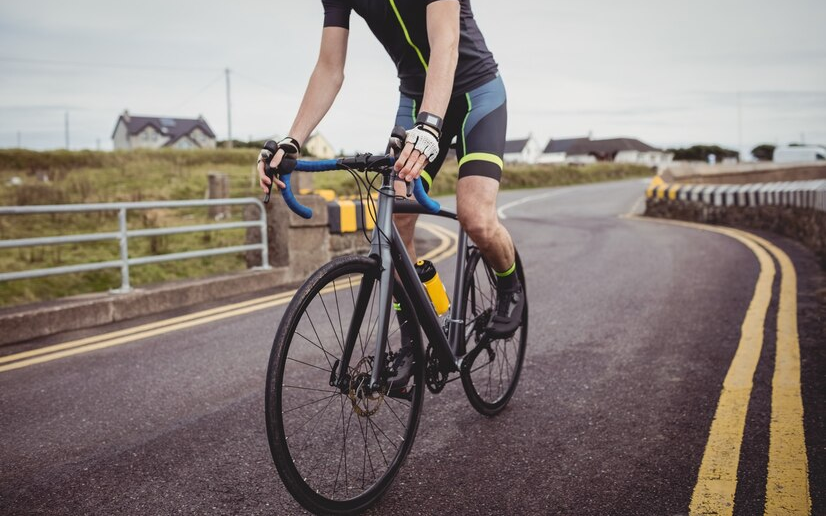
To lean to the right, move your weight to the right and slightly backward. The more you learn, the sharper the turn will be. Be careful not to lean too much, or you might lose balance and fall.
2. Use Handlebars and Pedals to Steer and Control Speed
For steering a fixie bike, you need to use your handlebars and pedals to adjust the angle and direction of the bicycle. To steer to the left, turn the handlebars slightly to the left and push the left pedal harder.
In order to steer to the right, turn the handlebars slightly to the right and push the right pedal harder. To control your speed, you need to use your legs to resist the pedals and apply backward pressure to them. This will slow down the bike and help you turn more easily.
3. Do Advanced Turns if You are skilled
These are more advanced techniques that require skill and practice. They involve balancing, spinning, or lifting the bicycle to turn or change direction. Track stands are done by balancing the bicycle in a stationary position and turning the handlebars in the desired direction.

Barspins are done by spinning the handlebars 360 degrees while riding. Wheelies are done by lifting the front wheel off the ground and balancing on the rear wheel.
These techniques can be fun and impressive, but also risky and difficult. They should only be attempted by skilled riders and with caution and care.
4. Practice Turning in a Safe and Open Area
The best way to learn how to turn on a fixie bicycle is to practice in a safe and open area, such as a park, a parking lot, or a bike lane. This will give you more space and time to turn and avoid obstacles.
To practice turning, start with gentle and wide turns, and gradually progress to sharper and tighter turns. Try to maintain a steady and comfortable speed and cadence, and avoid sudden or abrupt movements.
Practice turning both to the left and the right, in different situations, such as uphill, downhill, or flat. With practice you will become more confident.

How to Maintain Your Fixie Bike?
Fixie bicycles are fun and easy to ride, but they also need proper care and maintenance. To enjoy your fixie bicycle for a long time, you should follow these simple tips.
First, adjust the bike to your size by changing the saddle height, handlebar position, and stem length. This will make your ride more comfortable and efficient.
Second, check and maintain the tire pressure regularly, as low or high pressure can affect the performance and safety of your bicycle.
Third, ensure that the brakes and pedals are in good condition and work smoothly. You may need to replace the brake pads, cables, or chains if they are worn out or damaged.
Fourth, lubricate the chain, hubs, and bottom bracket every few weeks or after riding in wet or dusty conditions. This will prevent rust and friction and extend the life of your bike.
By following these tips, you can keep your fixie bicycle in top shape and enjoy riding it for years.
Conclusion
Riding a fixie bike is a great way to improve your fitness, skills, and style. You can enjoy the simplicity, speed, and control of a single-speed bike that requires minimal maintenance and offers maximum fun.
Whether you want to commute, race, or explore, a fixie bicycle can suit your needs and preferences. You just need to learn how to ride it safely and efficiently, by following the tips and tricks we shared in this blog post.
We hope you have learnt how to ride a fixie bike.
FAQs
Yes, fixed gear bikes can have brakes.
Riding fixies uphill can be challenging due to the lack of gears.
Descend on a fixie cautiously, control speed with pedals and use brakes.
Fixies don’t inherently go faster, speed depends on rider effort.

